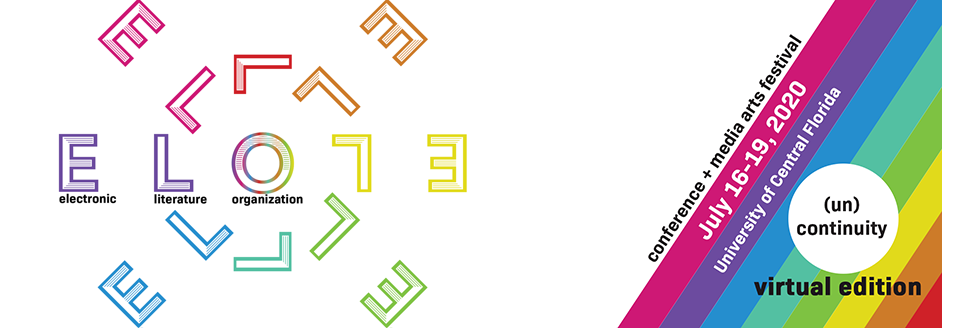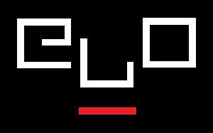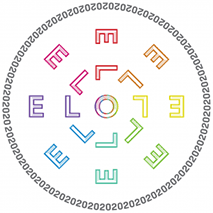Proposal Title
Loading...
Submission Type
Conference Proceedings Paper
Abstract
This paper traces the boundaries between linear narrative forms and interactive forms. The paper starts with a glossary of relevant terms and then attempts to untangle issues that tie these forms together and separate them. It attempts to answer questions such as:
-
Where are there major overlaps between these forms?
-
What are the specific affordances of interactive forms?
-
What are the specific affordances of linear forms?
The paper draws from multiple sources, such as Computers as Theatre by Brenda Laurel, Narrative as Virtual Reality by Marie-Laure Ryan and Half-Real by Jesper Juul. Agency is the core attribute of interaction, though it is not absent from linear stories, and it exists on a continuum even within a single work or depending upon the audience. Linear narrative not only gives more control but also exists during specific moments of interactive narrative and is what interaction uses to communicate with the interactor. While the glossary and the description of these forms show their overlaps and unique affordances, by the end of the paper it is clear that linear narrative and interactivity combine to create new experiences for both creators and audiences alike
Included in
The Borders Between Linear Narrative and Interactive Forms
This paper traces the boundaries between linear narrative forms and interactive forms. The paper starts with a glossary of relevant terms and then attempts to untangle issues that tie these forms together and separate them. It attempts to answer questions such as:
-
Where are there major overlaps between these forms?
-
What are the specific affordances of interactive forms?
-
What are the specific affordances of linear forms?
The paper draws from multiple sources, such as Computers as Theatre by Brenda Laurel, Narrative as Virtual Reality by Marie-Laure Ryan and Half-Real by Jesper Juul. Agency is the core attribute of interaction, though it is not absent from linear stories, and it exists on a continuum even within a single work or depending upon the audience. Linear narrative not only gives more control but also exists during specific moments of interactive narrative and is what interaction uses to communicate with the interactor. While the glossary and the description of these forms show their overlaps and unique affordances, by the end of the paper it is clear that linear narrative and interactivity combine to create new experiences for both creators and audiences alike




Bio
After working in the games industry in Canada and Switzerland, Shad Miller is now a McDermott fellow pursuing an ATCM Ph.D. with a concentration in Games Development and Narrative at the University of Texas at Dallas. He works with Polycraft World in the Narrative Systems Research Lab, writes for small Indie studios, and designs board games. His primary research interests involve play, improvisation, and games as communication.